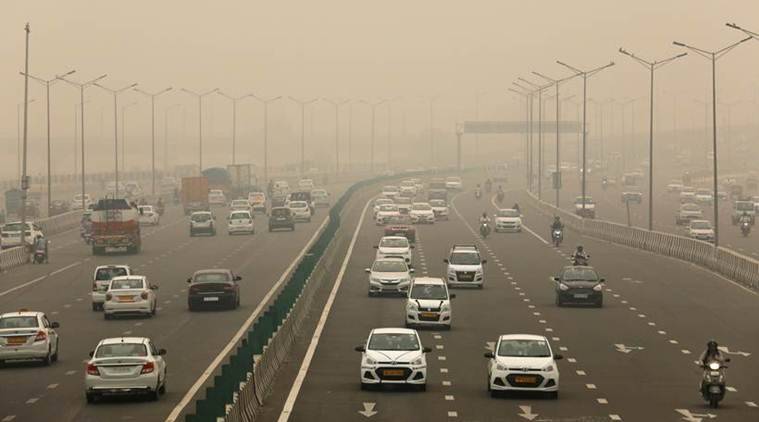Title: The Alarming Reality of Delhi’s Pollution Crisis: A Call for Immediate Action
Introduction:
Delhi, the bustling capital city of India, is grappling with a severe pollution crisis that poses significant health risks and threatens the well-being of its residents. With alarming levels of air pollution, Delhi has gained a notorious reputation as one of the most polluted cities in the world. The detrimental effects of this pollution crisis cannot be ignored, and urgent action is required to address this pressing issue.
The Causes:
Several factors contribute to the pollution problem in Delhi. The primary culprits include vehicular emissions, industrial activities, construction dust, agricultural practices, and the burning of waste and crop residues. The city’s geographical location exacerbates the problem, as it is prone to temperature inversions that trap pollutants, creating a toxic smog that engulfs the city.
Health Impacts:
The health consequences of Delhi’s pollution crisis are dire. The toxic air quality increases the risk of respiratory diseases, cardiovascular problems, and other chronic illnesses. Vulnerable groups, such as children, the elderly, and individuals with pre-existing respiratory conditions, are particularly susceptible to the harmful effects of pollution. The long-term exposure to these hazardous pollutants can have devastating consequences on the overall well-being and life expectancy of Delhi’s residents.
Environmental Impact:
The pollution crisis in Delhi is not limited to air quality; it also takes a toll on the environment. The excessive release of pollutants into the atmosphere contributes to global warming and climate change. Additionally, water bodies and green spaces within the city suffer from contamination, adversely affecting ecosystems and biodiversity. The environmental degradation caused by pollution further exacerbates the challenges faced by the city.
Government Initiatives:
Recognizing the gravity of the situation, the government has implemented various initiatives to combat pollution. These include the introduction of cleaner fuel standards, stricter emission norms for industries, and measures to reduce crop burning. The implementation of the odd-even vehicle scheme, the promotion of public transportation, and the enforcement of restrictions on construction activities during peak pollution periods are among the steps taken to address the crisis.
Individual Responsibility:
While government efforts are crucial, addressing the pollution crisis requires collective action. Individuals must recognize their role in reducing pollution and adopt environmentally conscious practices. Simple steps, such as using public transportation, carpooling, cycling, and reducing energy consumption, can contribute significantly to improving the air quality. Raising awareness and educating communities about the importance of sustainable living practices is equally important.
The Way Forward:
To effectively combat Delhi’s pollution crisis, a multi-faceted approach is essential. The government must continue to enforce strict regulations and invest in sustainable infrastructure. Promoting renewable energy sources, encouraging waste management systems, and incentivizing eco-friendly practices can help curb pollution levels. Additionally, public participation, community involvement, and citizen-led initiatives can create a groundswell of support for change.
Conclusion:
Delhi’s pollution crisis demands urgent attention and concerted efforts from all stakeholders. The health, environmental, and economic consequences of prolonged pollution are too severe to ignore. By implementing comprehensive measures, fostering a culture of sustainability, and holding individuals, industries, and policymakers accountable, we can work towards a cleaner and healthier future for Delhi. It is time to act decisively and collaboratively to combat this crisis, ensuring that every resident of Delhi can breathe clean air and enjoy a better quality of life.




